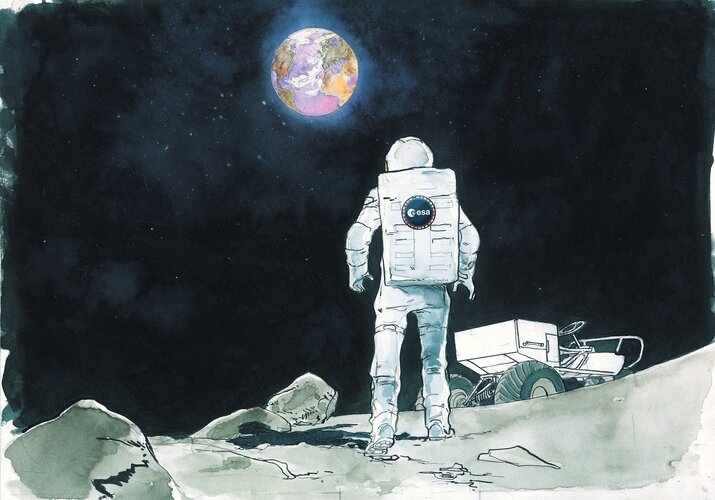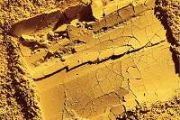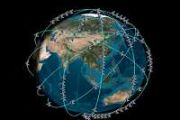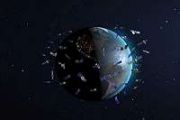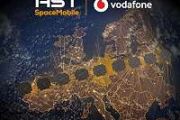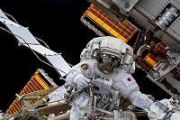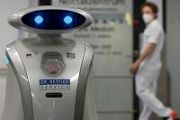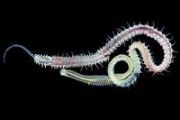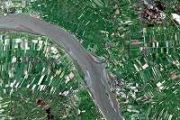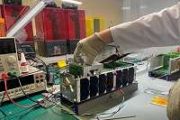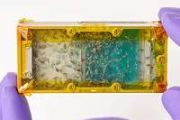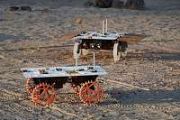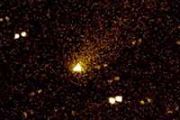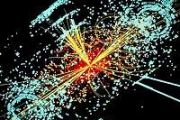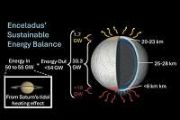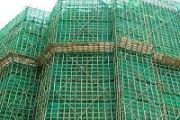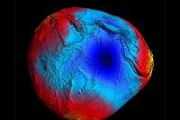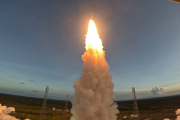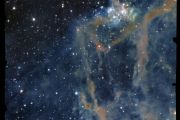
Copernical Team
Week in images: 30 January - 03 February 2023

Week in images: 30 January - 03 February 2023
Discover our week through the lens
Exploring a turbulent tarantula
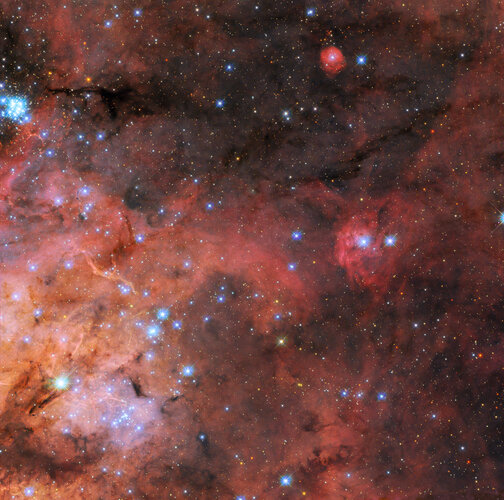 Image:
Exploring a turbulent tarantula
Image:
Exploring a turbulent tarantula Earth from Space: Kolkata, India
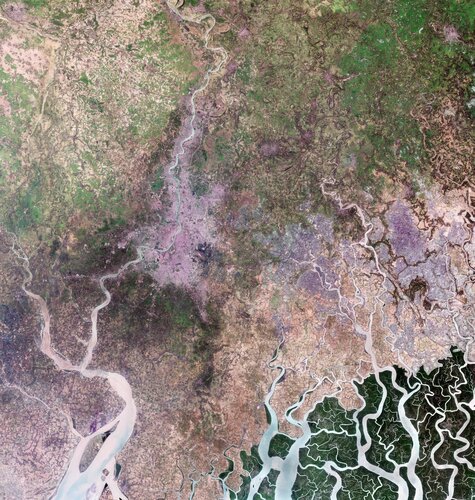 Image:
Kolkata, formerly Calcutta, is featured in this image, captured by the Copernicus Sentinel-2 mission.
Image:
Kolkata, formerly Calcutta, is featured in this image, captured by the Copernicus Sentinel-2 mission. NASA names first person of Hispanic heritage as chief astronaut
 Veteran astronaut Joe Acaba made history on Thursday when he was named chief of the Astronaut Office at NASA's Johnson Space Center in Houston.
Acaba is the first person of Hispanic heritage to be named chief astronaut, NASA said.
As we build on the International Space Station's unparalleled success in low-Earth orbit with our eyes on the Moon and then Mars, Joe will play an inte
Veteran astronaut Joe Acaba made history on Thursday when he was named chief of the Astronaut Office at NASA's Johnson Space Center in Houston.
Acaba is the first person of Hispanic heritage to be named chief astronaut, NASA said.
As we build on the International Space Station's unparalleled success in low-Earth orbit with our eyes on the Moon and then Mars, Joe will play an inte Astronomers observe light bending around an isolated white dwarf
 Astronomers have directly measured the mass of a dead star using an effect known as gravitational microlensing, first predicted by Einstein in his General Theory of Relativity, and first observed by two Cambridge astronomers 100 years ago.
The international team, led by the University of Cambridge, used data from two telescopes to measure how light from a distant star bent around a white d
Astronomers have directly measured the mass of a dead star using an effect known as gravitational microlensing, first predicted by Einstein in his General Theory of Relativity, and first observed by two Cambridge astronomers 100 years ago.
The international team, led by the University of Cambridge, used data from two telescopes to measure how light from a distant star bent around a white d Matrix multiplications at the speed of light
 "All things are numbers," avowed Pythagoras. Today, 25 centuries later, algebra and mathematics are everywhere in our lives, whether we see them or not. The Cambrian-like explosion of artificial intelligence (AI) brought numbers even closer to us all, since technological evolution allows for parallel processing of a vast amounts of operations.
Progressively, operations between scalars (num
"All things are numbers," avowed Pythagoras. Today, 25 centuries later, algebra and mathematics are everywhere in our lives, whether we see them or not. The Cambrian-like explosion of artificial intelligence (AI) brought numbers even closer to us all, since technological evolution allows for parallel processing of a vast amounts of operations.
Progressively, operations between scalars (num Daily data delivery milestone achieved
 Kleos Space has reached the milestone of daily product delivery collected from a strategically critical area of interest to its early adopter customers. RF data is collected by the Vigilance Mission (KSF1) satellites and is then processed through Kleos systems to generate intelligence products.
The Vigilance Mission RF data collection satellites are in a sun synchronous low Earth orbit ena
Kleos Space has reached the milestone of daily product delivery collected from a strategically critical area of interest to its early adopter customers. RF data is collected by the Vigilance Mission (KSF1) satellites and is then processed through Kleos systems to generate intelligence products.
The Vigilance Mission RF data collection satellites are in a sun synchronous low Earth orbit ena LeoLabs expands weather radar coverage of Southern Hemisphere in the Indo-Pacific region
 LeoLabs, the leading commercial provider of Space Domain Awareness (SDA) services and low Earth orbit (LEO) mapping, announced the commissioning of the LeoLabs West Australian Space Radar (WASR). This radar site, located in Western Australia, adds critical coverage of the Southern Hemisphere in the Indo-Pacific region.
WASR is the latest addition to LeoLabs network of phased array space ra
LeoLabs, the leading commercial provider of Space Domain Awareness (SDA) services and low Earth orbit (LEO) mapping, announced the commissioning of the LeoLabs West Australian Space Radar (WASR). This radar site, located in Western Australia, adds critical coverage of the Southern Hemisphere in the Indo-Pacific region.
WASR is the latest addition to LeoLabs network of phased array space ra TAU establishes the first satellite observatory for quantum optical communication
 The Center for Quantum Science and Technology at Tel Aviv University has built the first ground station in Israel - and among the most advanced in the world - for tracking, sensing, hyperspectral imaging, and optical and quantum communication with satellites in orbit around the Earth. The station includes a satellite observatory dome with a diameter of 4.25 meters, a tracking system, a primary h
The Center for Quantum Science and Technology at Tel Aviv University has built the first ground station in Israel - and among the most advanced in the world - for tracking, sensing, hyperspectral imaging, and optical and quantum communication with satellites in orbit around the Earth. The station includes a satellite observatory dome with a diameter of 4.25 meters, a tracking system, a primary h 
